What does a typical day involve for a shipwright?
What is a curator's favourite object in the collection? Find out all this more by browsing the different departments and meeting some of the team!
Conservation
What does a typical day involve?
A surprising amount of administration, communication and lots of preparation for collection items to go on display or loan. I document the condition of collection items, mount, frame and make supports or collaborate with others to do so, advise on boxing and creating (if travelling) and sometime I treat items to improve their condition and make sure its stable. This can include dry cleaning, tear repairs, humidification and flattening and even washing! All of these need to be carefully considered and treatment options tested before we undertake treatment.
I also provide advice and help monitor the environment paper items are stored in including light levels, temperature and relative humidity – all these factors can greatly effect collection items and particularly paper. All in all, my days are diverse. I could be hidden away in the depths of our storerooms surveying object condition, inside an exhibition case down to my (very fun) socks helping install items, inside a lighthouse light cleaning it, one of five conservators crawling inside and on top of a helicopter to prepare it to be hung from the museum’s ceiling, helping a curator unroll a giant new potential paper acquisition (3 metres long!), or in the conservation laboratory for hours on end undertaking painstaking treatment to make the object happier and stable.
What did you study to become a conservator?
When I first left high school I followed my passion for art and studied a Bachelor of Visual Arts (Fine Arts) specialising in printmedia. I also did electives in archaeology that led me to discover conservation. From there I moved to Melbourne to complete the two year Masters of Cultural Materials Conservation at the University of Melbourne, the only course in Australia to become a qualified conservator.
What is your favourite item in the collection?
The series of 27 watercolour vingettes by Frederick Elliott titled 'Snapshots on the coast of Queensland' (00054300). While preparing this object for loan, I found hidden inscriptions and artworks that have likely not been seen for 100 years!
What are three things you want to do before you die?
- See a Magna Carta (one of the originals or a later version) that is not behind glass.
- Visit the new conservation labs at the Louvre and storage areas
- Visit Ethiopia and follow my father's footsteps and wandering spirit to see their incredible ancient books and bindings in person
Exhibitions
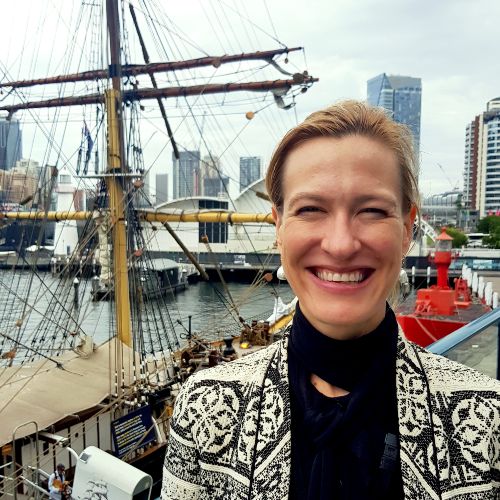
I am the Curator of Ocean Science and Technology.
What is the most difficult part of your role?Coming from an academic background, one of the hardest parts for me was learning how to compress big ideas into itsy-bitsy 30-word object labels. Another difficult part is making that label actually worth reading (now that was a steep learning curve!)
What does a typical day involve?The great thing about working at a museum is that no two days are the same. A typical week includes a few exhibition meetings, program meetings, or visiting research vessels – and if I'm fortunate – checking out a potential acquisition for the collection. The bulk of my job is writing content, including text, blogs, articles and a lot of emails!
What is your favourite museum exhibition?A career highlight was working on the exhibition, James Cameron: Challenging the Deep in 2018. The imagery was phenomenal, technologies were top of the line and the opening night party was unbeatable.
If you could have a famous person over for dinner (dead or alive), who would it be?I've been fortunate to meet a few living ocean legends – my cup runneth over! But if I get to play make-believe, I'd like to have a post-fieldwork debrief dinner with the acquanut crew of the 1970s Tektite II underwater habitat.
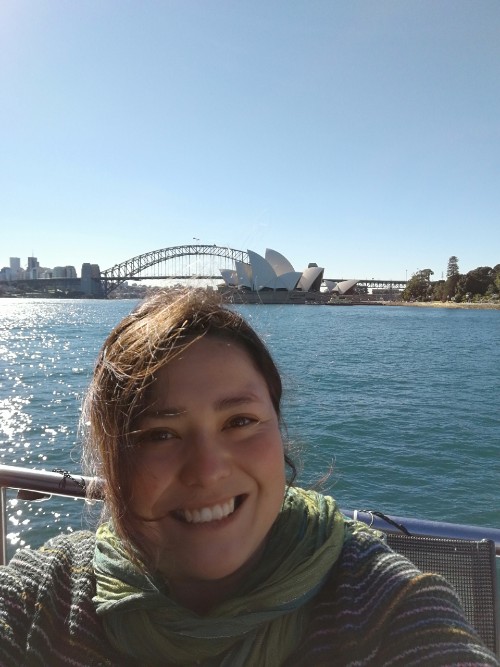 I am a registrar, which means I am in charge of catering for the collection’s every need. I process new acquisitions, catalogue museum objects, enter their information into the database, give them forever homes and store them.
I am a registrar, which means I am in charge of catering for the collection’s every need. I process new acquisitions, catalogue museum objects, enter their information into the database, give them forever homes and store them.It varies depending on what I am working on, but majority of the time I work in the storage room. I look at numerous objects, creating records that would make it easier to find them. I also do research about the objects and find interesting facts about them, like makers’ marks or company flags. These descriptions can then help me identify other objects and relate them to similar items.
What are common misconceptions about your role?Sometimes people think that registrars and conservators are the same. While we both work directly with objects and we both care for them, we do so in different ways. Conservators focus on treating and preserving objects, registrars store, move and identify them.
What is your favourite item in the collection?The journal of Irish migrant Victor Wilson who travelled on MV Bulolo in 1948 that features hand-drawn illustrations. I processed this acquisition and think it's a very interesting and lovely account of his journey.
Maritime Archaeology
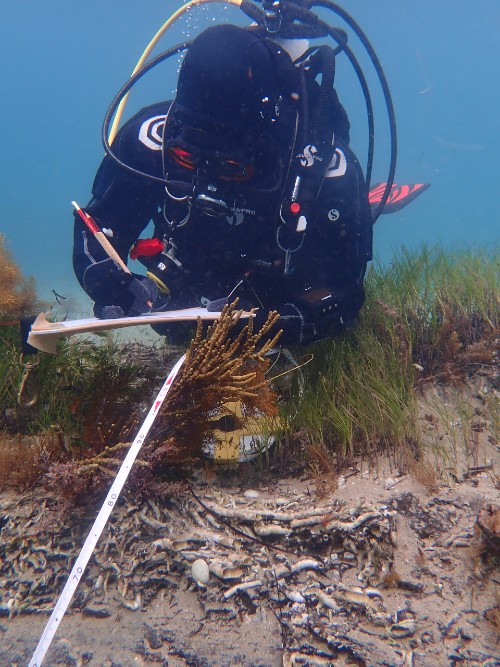 I am the museum’s Curator of Royal Australian Navy (RAN) Maritime Archaeology. In this role, I am responsible for curating the museum’s navy collections, developing navy-themed exhibitions, interpretive material and online content, and serving as a liaison between the museum and the Royal Australian Navy.
I am the museum’s Curator of Royal Australian Navy (RAN) Maritime Archaeology. In this role, I am responsible for curating the museum’s navy collections, developing navy-themed exhibitions, interpretive material and online content, and serving as a liaison between the museum and the Royal Australian Navy.I am also a member of the museum’s Maritime Archaeology team, and participate in all of its maritime archaeology research projects. Sometimes, as in the case of the museum’s ongoing investigation of the shipwrecks of the Australian submarines AE1 and AE2, and the Second World War cruiser HMAS Perth (I), the two roles are closely interwoven.
What are common misconceptions about your role?
I think there’s a common misconception that our maritime archaeology fieldwork equates to paid diving vacations in exotic locales. While I’ll readily admit that a day on or in the water is generally better than one sitting behind a desk (and that we do get to go to some pretty amazing places…), there’s quite a bit of physical and mental effort that goes into our field projects, and the work we do is frequently much more challenging than one would think.
To cite one example: When working in Newport Harbor, Rhode Island in January 2020 – the average water temperature hovered around four degrees Celsius, while the air temperature on a couple of occasions was minus 12° C. We had to adopt a number of protocols to ensure our safety both above and below the water. For example, we had to keep our scuba regulators submerged once we’d entered the harbor so that they didn’t freeze and stop working! Our average bottom time on that trip was around 45 minutes, and by the time we returned to the surface my hands – which were clad in gloves that offered the best balance between keeping my hands warm, while also offering enough dexterity to allow me to write and draw underwater – were essentially no longer functioning and my mental acuity had diminished due to the cold…
I obtained a Bachelor’s degree in anthropology, Master’s degree in history/historical archaeology, and PhD in maritime archaeology.
Fleet
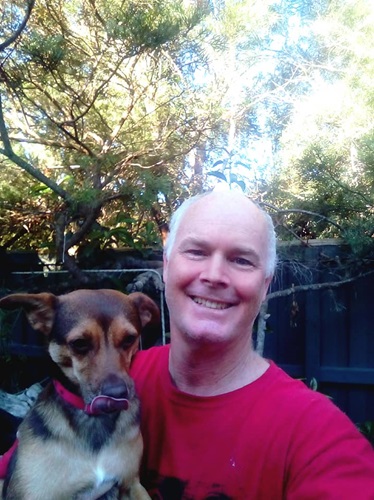 I'm a Shipwright and the Assistant Fleet Manager, so I work in the vessel collection on maintenance and refit tasks. I also support the shipkeepers and trades staff in material supply so they can look after our historic vessels.
I'm a Shipwright and the Assistant Fleet Manager, so I work in the vessel collection on maintenance and refit tasks. I also support the shipkeepers and trades staff in material supply so they can look after our historic vessels. What does a typical day involve?
It usually starts walking over Pyrmont Bridge with much of the museum viewed in morning light. It's a great feeling to look out over our vessels – giving a strong visual cue on aspects of the coming day. I'll do a walk around our wharves, vessels and Fleet Staff to see what they need and develop a list of support materials, then contribute straight away if required. Throughout the day I order materials and get back on the tools where I can.
What is your favourite item in the collection?Kathleen Gillett, such a practical but elegant style of vessel, and a beautiful story of the Earle family that lived and loved it.
Learning
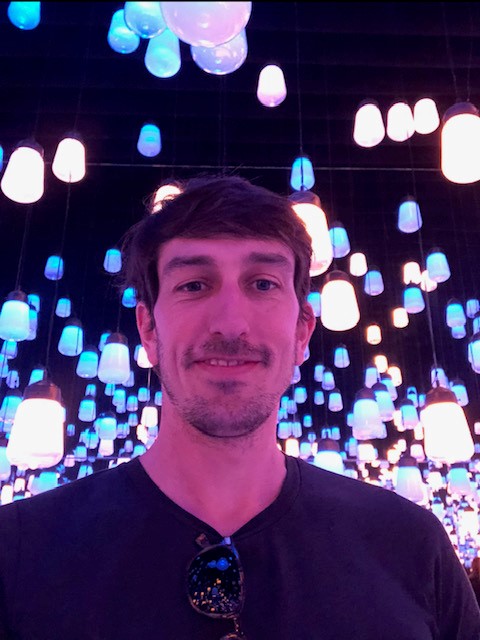
I'm the Head of Learning, which has three distinct teams: formal education (schools), informal learning (kids and families) and our research library.
What does a typical day involve?
I generally do a lot of walking and talking. Learning programs make use of all the stuff that everyone else in the museum does, so we need to make sure we coordinate our programs to match. We're currently developing a couple of new digital games so I'm getting a fair bit of screen time making sure these are as good as they possibly can be.
What's the most difficult part of your job?Finding the time to focus on all the different projects our teams develop can be difficult at times.
What's your favourite item in the collection and why?I really enjoy listening to podcasts, choosing one is hard! I love listening to Off Track on ABC radio. It's the nature podcast and takes you to amazing parts of the country to the soundtrack of plants, animals and the weather.
.jpg?h=960&la=en&mw=1920&w=1920)